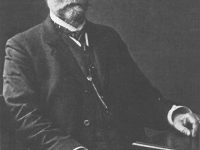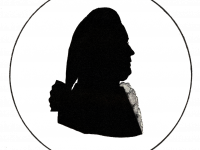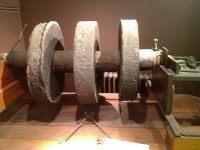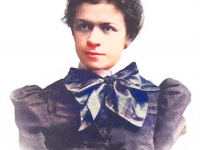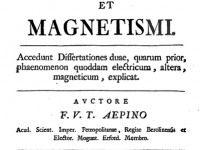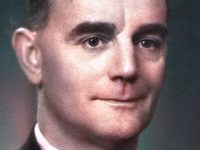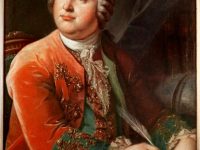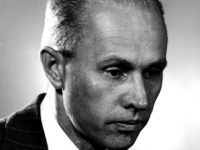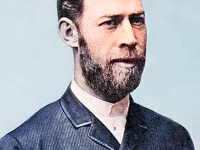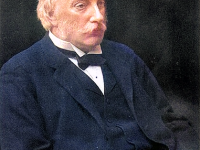Emil Wiechert – Mapping the Inner Structure of the Earth
On December 26, 1861, German geophysicist Emil Johann Wiechert was born. Wiechert made many contributions to both fields, including presenting the first verifiable model of a layered structure of the Earth and being among the first to discover the electron. He invented the “inverted pendulum” seismograph, (an improvement still incorporated in today’s instruments), with which he was able to detect some of the Earth‘s inner structure. He suggested the Earth has an inner,…
Read more

